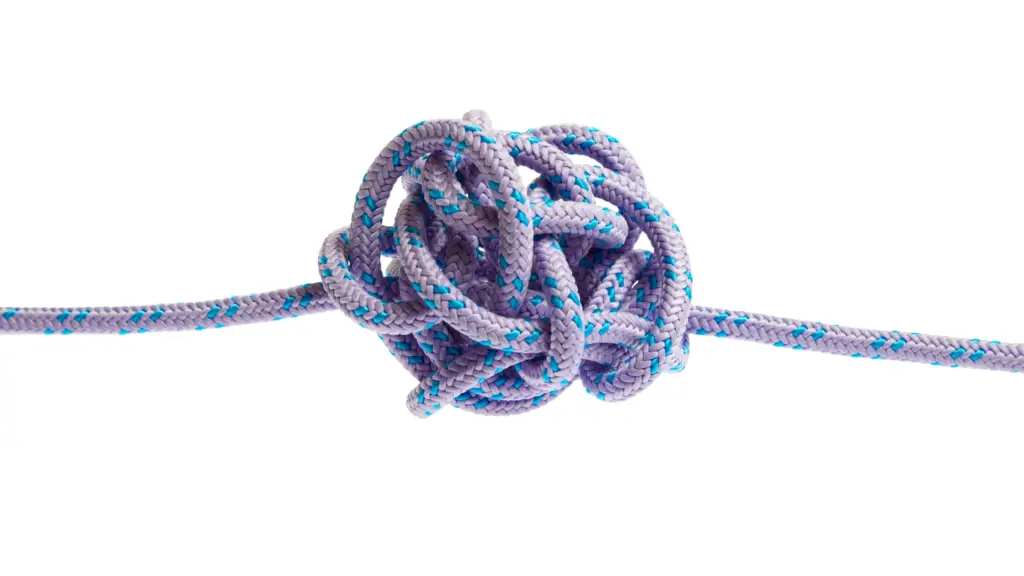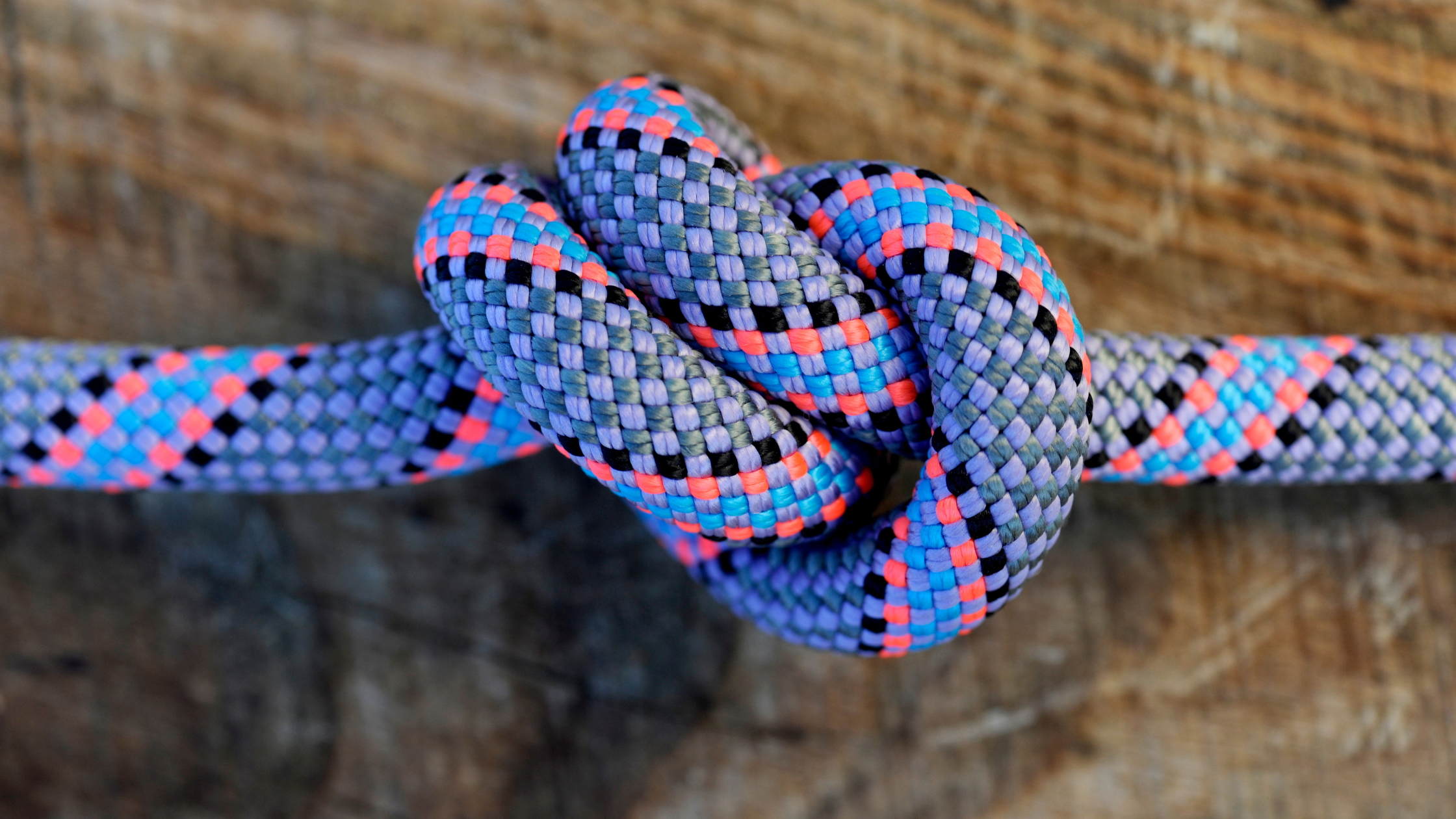Knot tying is a skill that has been used for centuries in various industries and activities. From sailing and boating to rock climbing and camping, knots play an essential role in many aspects of our lives.
Knot tying is a fun and useful hobby to learn, not only for its utility in a variety of practical situations but it can also be a meditative and creative pursuit. Anyone can get started with a knot tying hobby with a little rope, patience and perseverance!
Benefits of Learning Knots
Knot tying is a great hobby for advancing and learning a variety of skills, some you may not expect! A few of the many knot tying benefits include:
- Developing fine motor skills and hand-eye coordination
- Improving problem-solving and critical thinking skills
- Developing a new skill that can come in handy in a variety of situations including camping, projects and crafting.
- Having a sense of accomplishment and pride in the skills one can accomplish
Knot Tying Tips for Beginners
Practice is key when it comes to starting your knot tying journey!
The more you practice, the more comfortable you will become with the different techniques and intricacies involved in each knot.
It is best to start with simple knots such as the Square knot, Clove Hitch, Figure-eight knot and work your way up to more complex knots as your skills improve.
Taking your time and knowing the structure and function of each knot will help you understand how and when to use them.
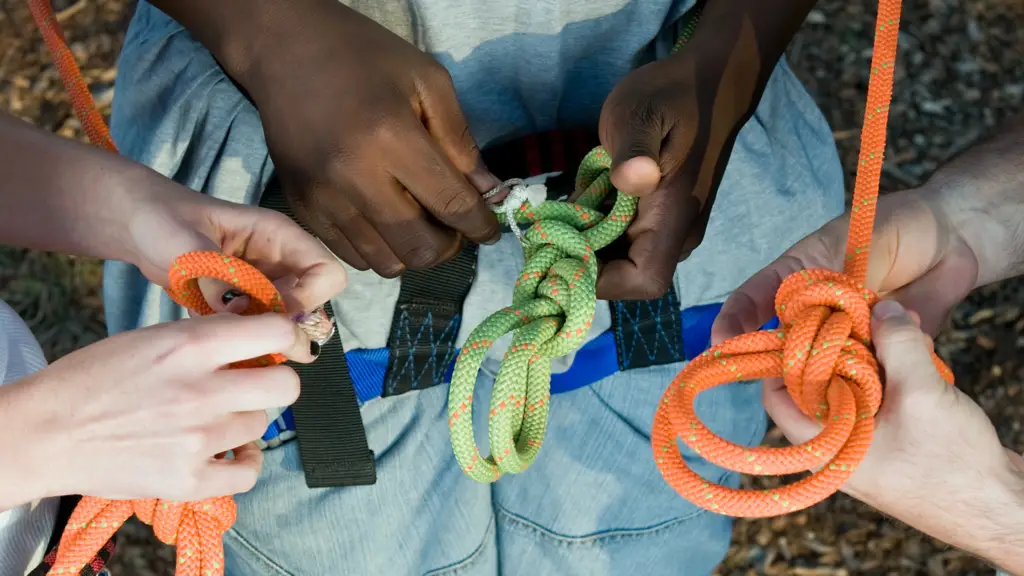
What are the best ropes to practice knot tying with?
When it comes to practicing knot tying, the best type of rope to use is one that is relatively soft and easy to work with. A few options to consider include:
Nylon Rope: This is a synthetic rope that is very strong, durable, and resistant to abrasion, UV light, and rot. It also has good elasticity, which makes it easy to tie knots and adjust tension.
Cotton Rope: This is a natural rope that is soft and easy to work with. It’s good for practice purposes, but not recommended for heavy loads or outdoor use.
Polypropylene Rope: This is a synthetic rope that is lightweight, strong, and resistant to abrasion, rot, and UV light. It’s also relatively inexpensive, making it a good option for practice purposes.
Manila Rope: This is a natural rope that is made from the fibers of the abaca plant. It’s strong and durable, and is commonly used in boating and climbing applications. But It can be stiff and hard to work with, making it not a great option for practice.
If you are just getting started, we recommend checking out this simple knot tying kit, including a small variety of ropes and webbing in different colors to practice a wide variety of knots.
Ultimately, the best type of rope to practice knot tying with is one that is easy to work with and that you feel comfortable using. You may want to experiment with different types of rope to find the one that works best for you.
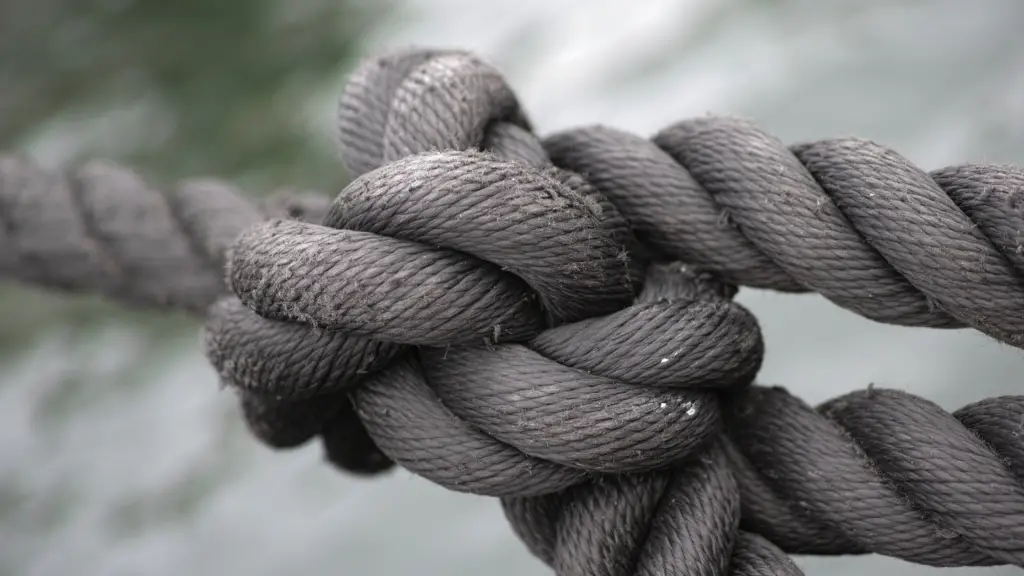
Basic Knots to Learn
Square Knot
The square knot, also known as the “reef knot,” this is a simple binding knot that is commonly used to join two lines of equal diameter.
It is often used in boating and fishing, as well as in first aid applications. To tie a square knot, first cross one end of the rope over the other and make a “bunny ear” loop with each end.
Then tie the left “bunny ear” over the right and under the right, and tie the right “bunny ear” over the left and under the left.
Tighten the knot by pulling on both ends of the rope.
Clove Hitch
The clove hitch is a binding knot that is commonly used in boating and climbing applications.
It is a simple knot to tie and is useful for attaching a rope to a post or tree.
To tie a clove hitch, make a loop in the rope around the object you’re tying to, and then make a second loop around the object, passing the end of the rope through the first loop.
Tighten the knot by pulling on both ends of the rope.
Figure-Eight Knot
The figure-eight knot is used as a stopper in many climbing and boating applications, also a binding knot that creates a secure loop.
It’s named as so because when it’s tied, it forms a figure eight shape. To tie a figure-eight knot, make a loop in the rope, and then bring the end of the rope up and around the back of the loop.
Pass the end of the rope down through the loop and tighten the knot.
Bowline
The bowline is a very secure loop knot that is commonly used in boating, rescue, and climbing.
It’s named as so because the end of the rope forms a loop that looks like a “rabbit” or “bow” running out of a “hole“.
To tie a bowline, make a small loop in the end of the rope, and pass the end of the rope through the loop, around the standing part of the rope, and back through the loop again.
Tighten the knot by pulling on both ends of the rope.
Double Overhand Knot
The double overhand knot is similar to the single overhand knot, but it’s stronger and more secure.
It can be used as a stopper knot, or as a base for more complex knots. To tie a double overhand knot, make a loop in the rope, and pass the end of the rope through the loop twice.
Tighten the knot by pulling on both ends of the rope.
These knots are good starting knots for someone who is new to knot-tying, but of course there are endless knots to play around with!
Familiarizing yourself with different knots and the situations in which they are best used will help you to become a more proficient knot-tier.
Be sure to check out AnimatedKnots.com for more great information, tutorials and easy to follow knot videos.
Advanced Knots and Applications
Once you have mastered the basic knots, you can move on to learning more advanced knots such as the Butterfly Loop, Water Knot, and Trucker’s Hitch. These knots are especially helpful in specialized activities such as rock climbing, caving, and rescue work.
Knots can also be used in outdoor activities such as camping, hiking, and boating. With proper knowledge, you can set up a shelter, tie a load to a backpack, and secure a boat.
Knots can also be useful in industrial and commercial settings. For example, a trucker’s hitch can be used to tie down loads on a truck, and a clove hitch can be used to secure cargo on a ship.
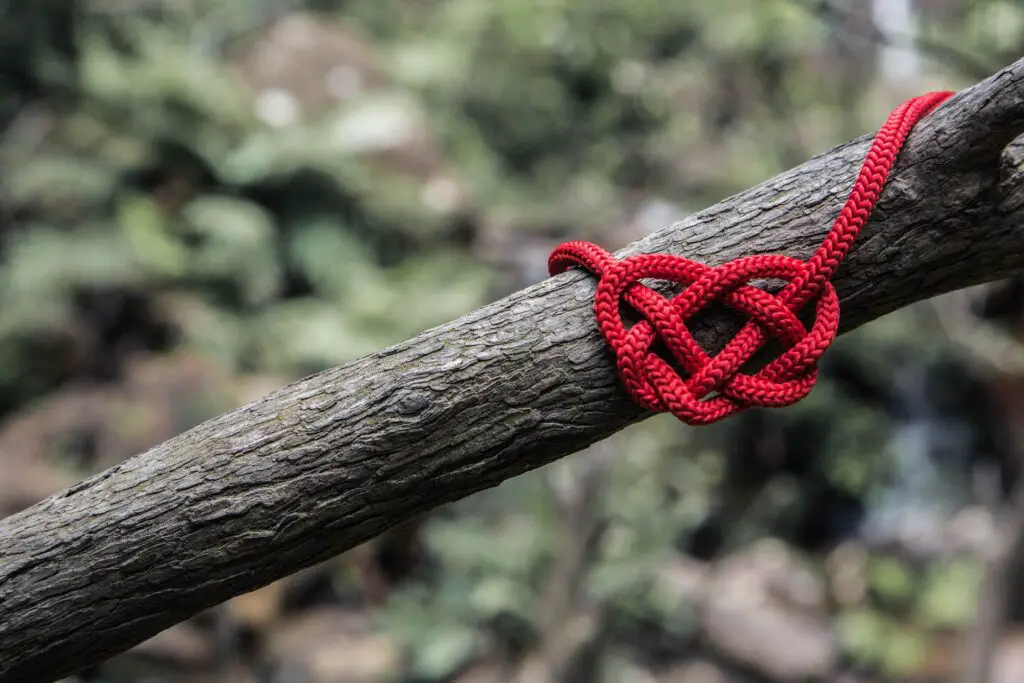
What are some hobbies that involve knot tying?
- Sailing and Boating: Knots are essential for rigging and securing boats and ships, and is an essential safety skill for any boating enthusiast.
- Rock Climbing and Caving: Knots are used to secure ropes and to tie off climbing anchors, and many climbers and cavers enjoy learning and practicing different knots for various rock climbing situations.
- Camping and Hiking: Knots are used for a variety of camping and hiking applications, such as setting up shelter, tying gear to a pack, and securing food to keep it away from animals.
- Fishing: Knots are an essential part of fishing, from tying flies and lures to joining different sections of fishing line.
- Scouting: Many scout programs teach knot tying as a practical skill and earn patches and badges for mastering a variety of knots.
- Macrame: A form of textile-making that uses knotting rather than weaving or knitting. It’s used to create decorative items such as wall hangings, plant hangers, and bags.
- Paracord Crafts: Paracord is a durable, versatile cord that is often used for survival and outdoor activities. It can also be used to make bracelets, lanyards, and other creative crafting items using knot-tying techniques.
- Model Shipbuilding: Using a variety of knots, model shipbuilders replicate the rigging of ships from different eras.
- Jewelry Making: Some people use knots to make jewelry, such as bracelets, necklaces, and earrings, using different types of cord or thread.
- Canyoneering: Canyoneering is an outdoor activity that involves traveling through canyons using a variety of techniques such as rappelling, sliding, climbing, and swimming. Knots are an important aspect of canyoneering, used for securing ropes and rigging anchors.

Conclusion
Knot tying is a skill that can be useful in a variety of practical situations, and it can also be a meditative and creative pursuit to work with your hands.
By following the tips provided and learning the basics, you will be on your way to becoming a knot expert in no time! Remember to practice regularly, and be sure to understand the mechanics and applications of each knot you learn, especially in weight bearing and safety situations.
To continue your learning, some amazing resources on knot tying that we recommend include:
- The Ultimate Book of Everyday Knots by Geoffrey Budworth
- Knot Tying for Beginner’s by Matthew McCoy
- AnimatedKnots.com
Overall, knot tying is a fun, worthwhile hobby that can be enjoyed by people of all ages and skill levels.
